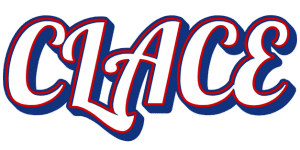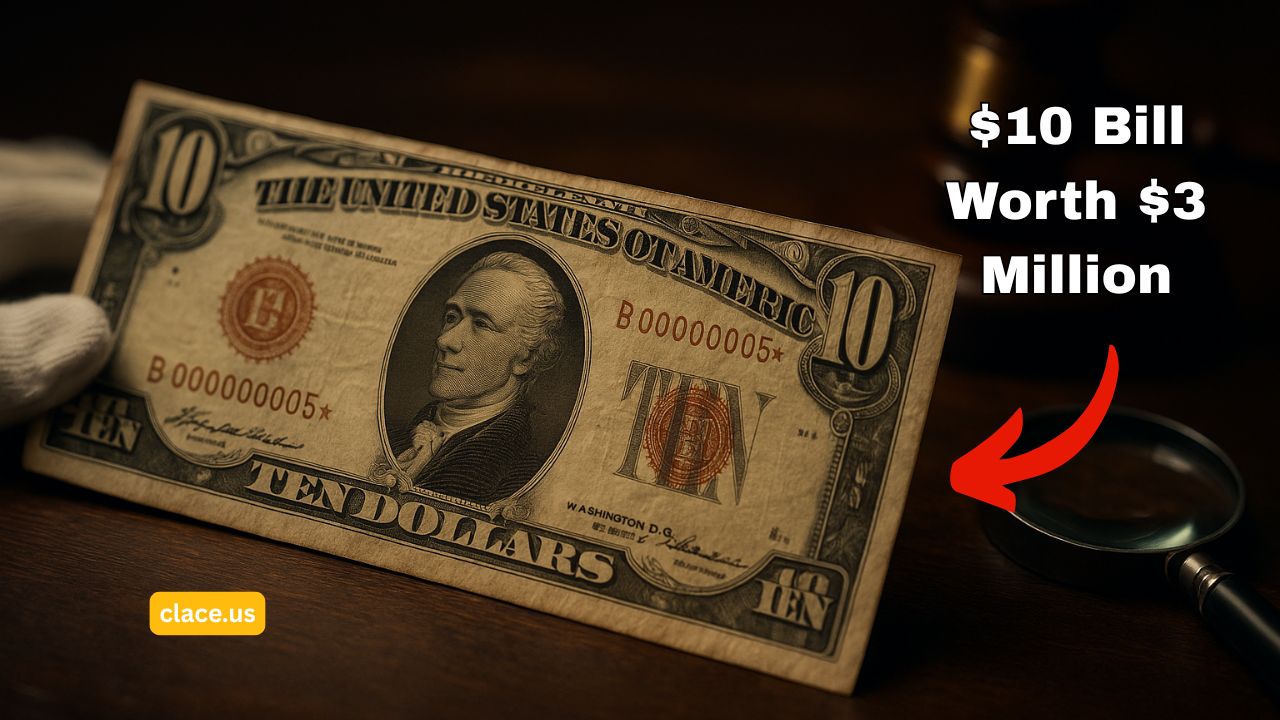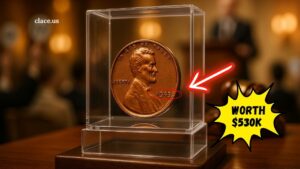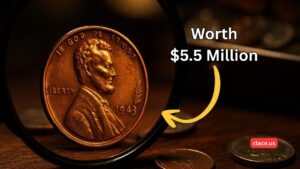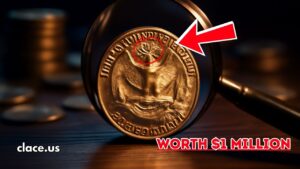Could Your Old $10 Bill Be Worth $3 Million? Here’s How To Tell
You might find yourself casually handing over a $10 bill at the store one day—then realizing it’s anything but ordinary.
A Florida man, for instance, discovered a worn $10 bill in his pocket that turned out to be part of the 1933 Silver Certificate series—and it’s now worth a staggering $3 million!
What turned an everyday note into a rare treasure? Let’s dive into the extraordinary world of collectible currency and learn how to tell if your bill is a hidden fortune.
What Makes a $10 Bill So Valuable?
The value of an ordinary bill skyrockets when it checks all these boxes:
- Rarity:
The 1933 Silver Certificate notes are notoriously scarce—only a few dozen are known to exist. - Historical Significance:
These certificates were printed during the Great Depression, bearing “Payable in silver coin to the bearer on demand”—a clause exciting to collectors. - Top Condition:
Exceptional grade (near-perfect mint condition) dramatically increases value. - Serial Number & Plate Details:
Fancy or low serial numbers—like radars, palindromes, or solid/fancy sequences—dramatically boost worth. - Errors & Star Notes:
Misprints or star prefixes at the start of serial numbers make a note rare and highly sought after.
Quick-Reference – What Elevates a $10 Bill’s Value
| Feature | Why It Matters |
|---|---|
| Rare Series (e.g., 1933) | Extremely limited print run; high collector demand |
| Historical Text | “Payable in silver” clauses evoke a bygone era |
| Superior Condition | Gem-grade notes command top dollar |
| Unique Serial Numbers | Fancy or low sequences capture collector interest |
| Errors or Star Notes | Mistakes or special print features make a note one-of-a-kind |
| Plate & Seal Variations | Unusual printing markers signal rarity |
Real Collector Highlights
- 1933 Silver Certificate
Some of these $10 bills in excellent condition sell for $5,000 to over $100,000, depending on grade and rarity.
Those in extraordinary condition or with standout serials can fetch much more—even reaching millions. - Famous $10 Bill (Florida Case)
One citizen’s 1933 note, discovered at a grocery store, became a media sensation after being valued at nearly $3 million—a remarkable transformation for a commonly circulated denomination.
How to Identify a Potential Million-Dollar $10 Bill
- Check the Series Year
Look for the year 1933, and note if the bill declares it’s “Payable in silver.” That’s a red flag—in a good way. - Examine the Serial Number
Low, repeated, or palindromic numbers dramatically increase desirability. - Inspect Condition
Crisp edges, no folds, minimal handling—those are signs your bill may be worth more than face value. - Look for Errors or Star Indicators
Misalignment or star prefixes at the serial number’s start can spell serious value. - Review Seals & Plate Info
Odd-colored seals (like yellow North Africa issues) or unique plate identifiers enhance value. - Consult a Currency Expert
If you suspect your bill might be valuable, get a professional evaluation or grading.
Why People Chase Rare Bills
Collectors don’t just chase value—they chase history and artistry. A rare bill connects you to a specific era, printing method, or numismatic mystery. Thousands join communities based on shared passion for rare serials, star notes, and printing quirks.
Some collect purely for the aesthetic pleasure; others see it as a financial investment—auctioning off prized notes for life-changing sums.
Your everyday $10 bill might just be your next big break—even if you picked it up at the grocery store. The secret lies in the history printed on the note, its condition, and hidden features like rare series, fancy serials, or misprints.
If you’ve discovered a 1933 Silver Certificate—especially one in near-perfect condition—you might hold a multi-million-dollar treasure. Always examine carefully, verify with professionals, and you could be sitting on a numismatic goldmine.
FAQs
Absolutely. A rare bill—especially a 1933 Silver Certificate in top condition—can reach that level if it ticks all the rarity and condition boxes.
If your note seems unique, take it to a reputable currency grading service or a well-regarded auction house for evaluation.
No. While highly collectible, value depends on condition, serial number, errors, and overall rarity. Some still sell for only a few thousand dollars.
